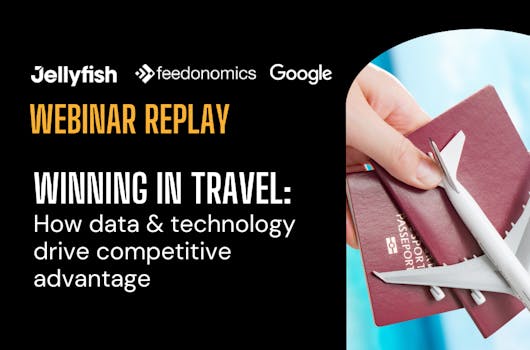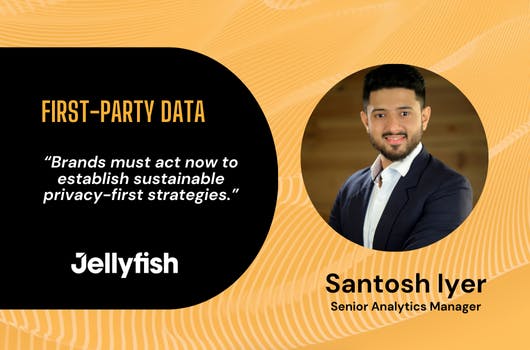"Every fraction of a degree matters," wrote Antonio Guterres, Secretary General of the United States, emphasizing that each small change can impact hundreds of millions of lives, allowing people to live in decent and peaceful conditions. Answering his call, it’s imperative for us all to reduce as many tons of CO2e emissions as possible. The good news for marketers is that there are plenty of opportunities for us to save emissions within our digital media-buying plans.
In our recent webinar, ‘Reconciling Media Performance with Carbon Reduction: Sanofi’s Journey', we discussed with industry leading speakers Scope 3 and Sanofi how we can make a difference with carbon measurement and reduction.
- Prasad Ghag, Global Head of Media at Sanofi, shares the brand’s journey to becoming a more sustainable and responsible advertiser, highlighting how the brand uses paid media and considers the planet and people in their media plan. Sanofi is dedicated to aligning business performance with a positive impact on the planet and people’s lives.
- Anne Coghlan, co-founder (along with Brian O'Kelley) and COO of Scope 3, leads the company’s mission to decarbonize media and advertising. Scope 3 is a pioneer in paid media CO₂ measurement and reduction and Anne shares how as a technology partner they can bring solutions to some of the challenges brands face when it comes to measuring emissions in digital advertising.
- Kevin Geffray, VP of Paid Media at Jellyfish, works closely with Céline Craipeau, VP of Sustainability and our J+ Technology teams to ensure we implement the right J4 Sustainability solutions for our clients to effectively reduce carbon emissions while improving media performances.



